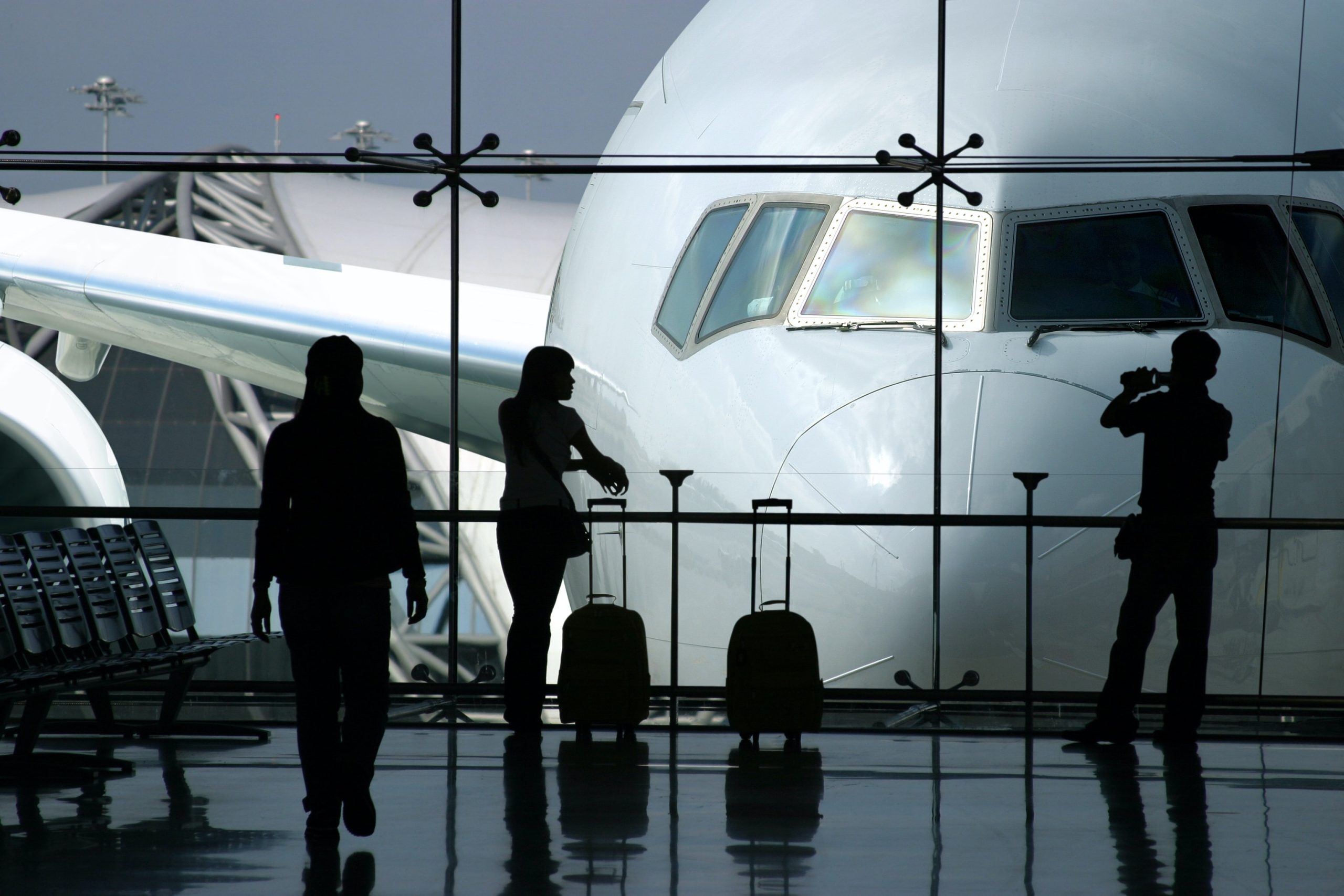How Computer Vision Can Help Airports Manage Travel Volume

It’s going to be a long summer for the air travel industry. The good news is that the air travel industry, battered by the economic effects of the COVID-19 pandemic, is recovering as demand for flights surges. Over two million people traveled by plane each day on average between April 17 and 23, according to the Transportation Security Administration; that figure averaged about 2.4 million in 2019. The bad news? The air travel industry is ill equipped to manage the demand because of a chronic labor shortage in airports and airlines. There are already reports of airports facing massive delays processing passengers, and airlines trimming routes to avoid meltdowns. These problems also present an opportunity for airports and airlines to use technology more strategically. One example: computer vision.
What Is Computer Vision?
Computer vision is a form of artificial intelligence (AI) that allows computers to analyze visual data such as pictures and video and make intelligent decisions based on that analysis. Computer vision encompasses modeling and reproducing human vision by using software and hardware to reconstruct, translate, and comprehend videos and images. Computer vision applications consists of five categories: image classification, object detection, image similarity, image segmentation, keypoint detection, and object detection. For example, Autonomous vehicles require computer vision to detect objects, lane markings, signs, and traffic signals to drive safely. Retailers use computer vision to keep stores secure.
How Computer Vision Can Help Airports
Computer vision can also help airports manage customer service and security especially with fewer people. Here are two applications:
- Passenger experience: We all know how exasperating it can be to stand in long lines at security checkpoints and gates. Unfortunately, this reality is likely to be part of air travel for the foreseeable future. Cameras equipped with computer vision can improve line management by proactively determining when to add customer service personnel to an airport check-in counter or to open another security line. And an airport can more proactively manage the passenger experience by correlating computer vision with passenger data to verify a person’s identity and then authorizing passengers who qualify for pre-check without human intervention.
- Baggage handling: Computer vision cameras and sensors can make passenger baggage inspections more accurate. Unsafe and prohibited belongings have less of a chance of slipping through monitors because smarter cameras can detect and flag more minute, harder-to-find objects.
So, why haven’t airports used computer vision as extensively as they could? Well, the technology has needed time to advance. In the past, cameras powered by computer vision required extensive coding and debugging to develop and implement reliably. But deep learning technology has achieved a breakthrough. Deep learning technology uses neural networks to teach computers to learn by example. With deep learning technology, a camera powered by computer vision can teach itself to identify objects more accurately and not confuse them with other objects – understanding, for instance, the difference between a carabiner and a carabiner that contains a fold-out knife.
But deep learning doesn’t happen by itself. The AI needs to be trained to know what to look for. And tested. And validated. Just the training challenge alone can seem mind-boggling. Human beings must train AI to understand all the forms of baggage that exist. People need to generate the images manually and, from there, label them correctly and upload them into a central repository. With humans in the loop, active learning accelerates the generation of images, labeling, and data.
How to Learn More about Computer Vision at Airports
In a newly published white paper, Centific discusses in more detail why the time is right for airports to adopt computer vision more extensively and how to do so cost effectively. For more insight, please download our white paper, and contact us to learn how to succeed with computer vision.
Photo by L.Filipe C.Sousa on Unsplash
